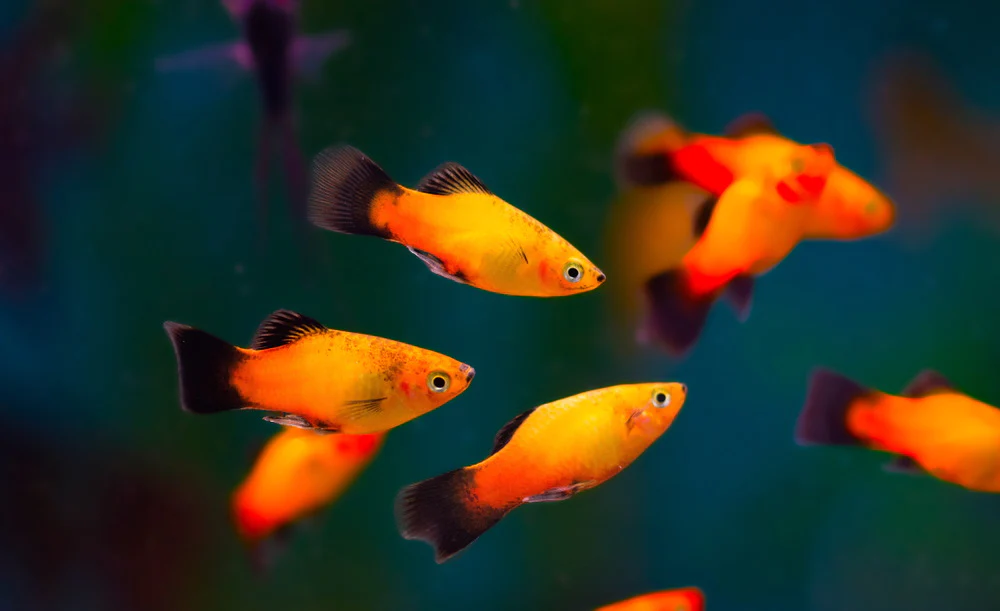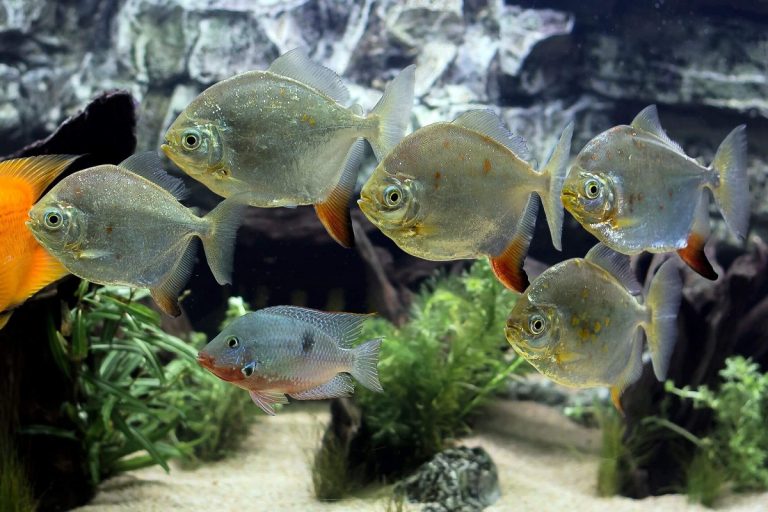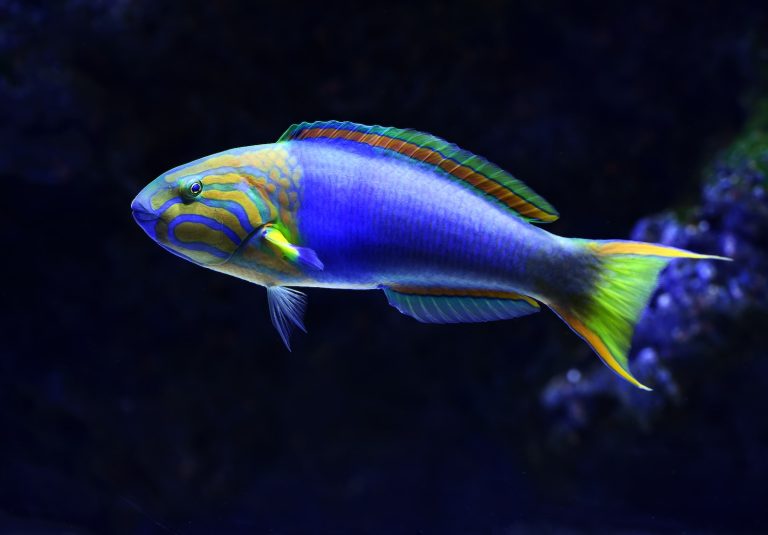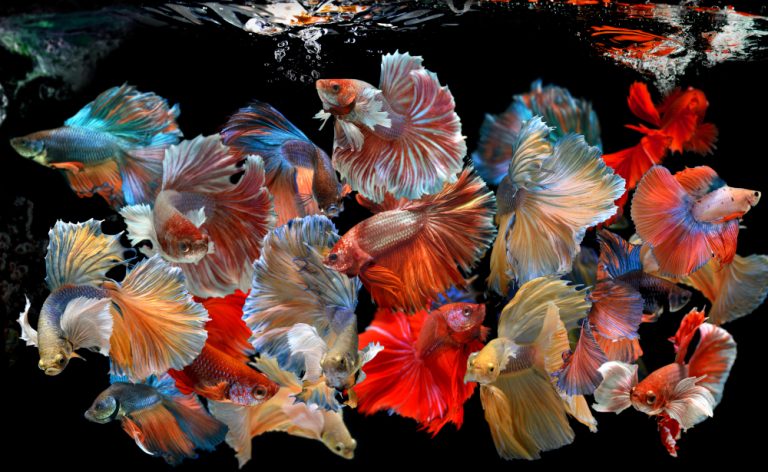Welcome to our comprehensive guide on “How Many Platies Should Be Kept Together.” Platies are popular freshwater aquarium fish known for their vibrant colors and peaceful nature. If you’re considering adding platies to your aquarium, it’s essential to understand the ideal number to keep together for their well-being and happiness. In this guide, we’ll delve into the world of platy fish care and provide expert insights to help you create a thriving aquatic environment for these beautiful fish.
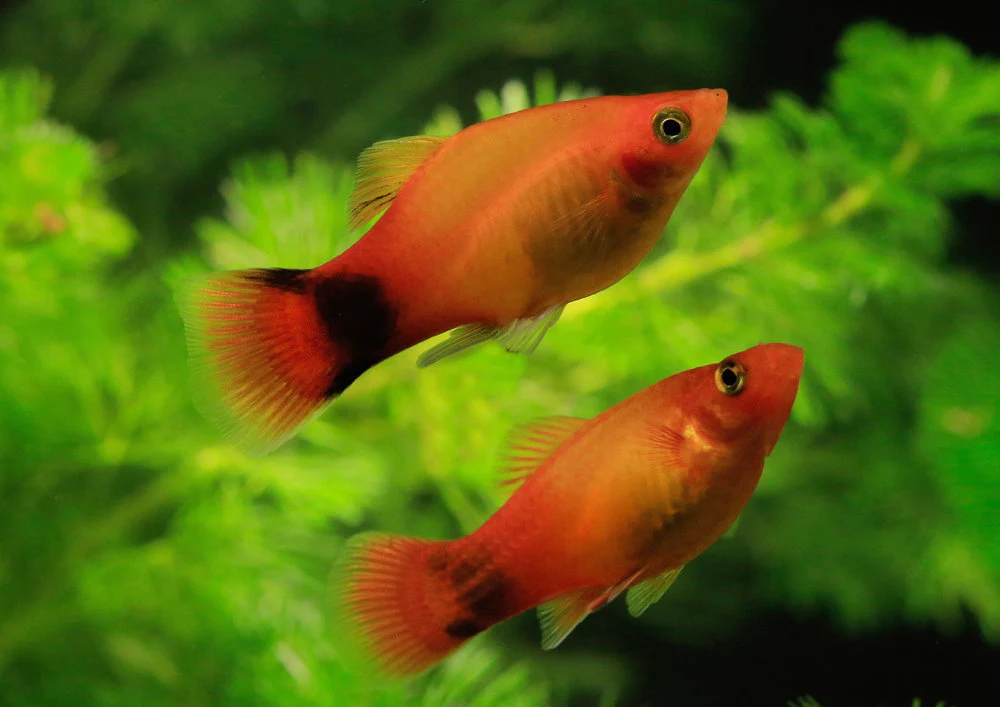
How Many Platies Should Be Kept Together?
When it comes to the number of platies you should keep together, it’s crucial to strike a balance between creating a harmonious community and preventing overcrowding. Here’s a closer look at the factors to consider:
1. Tank Size Matters
Platies, like all fish, require adequate space to swim and thrive. The rule of thumb is to allocate at least 10 gallons of water for every three to four platies. This ensures they have enough room to move freely and reduces stress.
2. Male-Female Ratio
Maintaining a balanced male-female ratio is essential to prevent aggression among male platies. Ideally, one male platy should be kept with two to three females. This minimizes territorial disputes and creates a more peaceful environment.
3. Social Nature
Platies are social creatures, and they thrive in the company of their kind. Keeping them in groups of five or more enhances their well-being and allows them to exhibit their natural behaviors.
4. Tankmates Compatibility
Consider the compatibility of other fish species in your tank. Platies are generally peaceful and get along well with other community fish, such as tetras, guppies, and mollies. Ensure that the combined fish species do not exceed the tank’s capacity.
5. Filtration and Maintenance
Proper filtration and regular tank maintenance are vital when keeping platies together. Platies produce waste, and a well-maintained tank with efficient filtration helps maintain water quality.
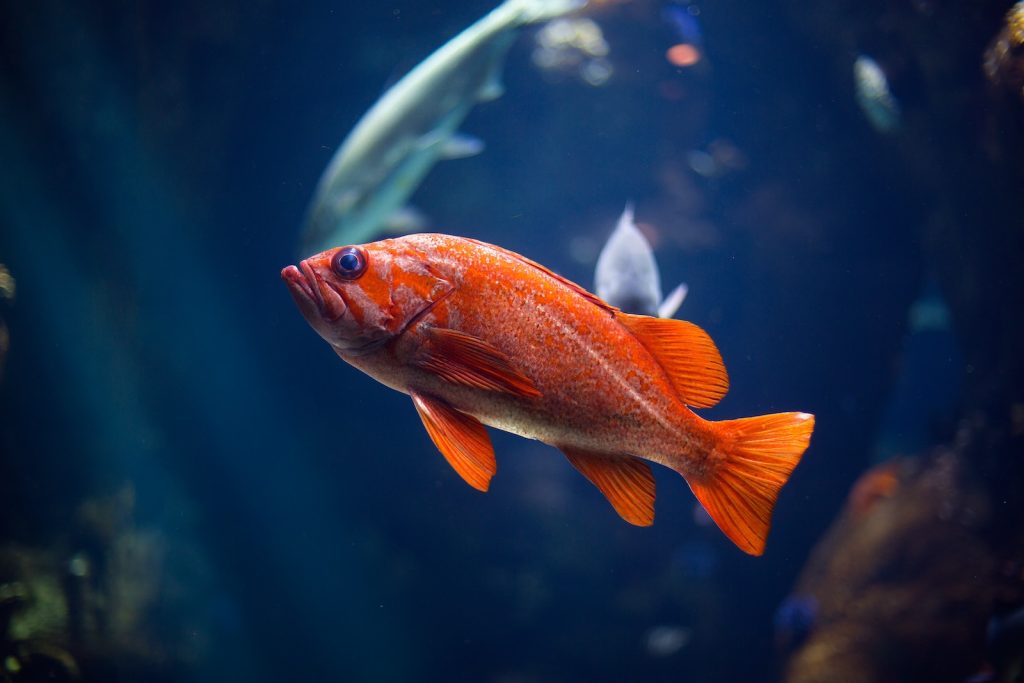
Platies Care Guide
To provide the best care for your platies, follow these essential guidelines:
Feeding Your Platies
- Diet Diversity: Offer a varied diet, including high-quality flakes, pellets, and occasional treats like frozen or live foods.
- Regular Feeding: Feed your platies small portions multiple times a day to prevent overeating and ensure all fish get their share.
Water Conditions
- Water Temperature: Keep the water temperature between 72°F to 78°F (22°C to 26°C).
- pH Levels: Maintain a neutral pH level between 6.8 to 7.5.
- Water Hardness: Platies prefer moderately hard water.
Tank Decor and Plants
- Adequate Hiding Spots: Provide caves or plants for hiding, which helps reduce stress.
- Live Plants: Incorporate live plants like Java moss or Amazon swords to create a natural and aesthetically pleasing environment.

Breeding Platies
- Separate Breeding Tank: If you plan to breed platies, consider a separate breeding tank to protect the fry from being eaten by adult fish.
- Provide Cover: Offer floating plants or breeding traps for the pregnant females to give birth in a safe space.
FAQs
Q: How many platies can I keep in a 20-gallon tank?
A: You can comfortably keep five to seven platies in a 20-gallon tank, provided it’s well-maintained.
Q: Do platies require a heater in their tank?
A: Yes, platies thrive in a stable and warm environment, so a heater is recommended to maintain the right temperature.
Q: Can platies coexist with aggressive fish?
A: Platies are peaceful fish and are best kept with other community fish that share their temperament.
Q: What should I feed baby platies?
A: Baby platies can be fed finely crushed flakes or specialized fry food.
Q: Do platies need a lot of light?
A: Platies don’t require intense lighting, but a regular light cycle of 8-10 hours is ideal.
Q: How often should I change the water in a platy tank?
A: Regular water changes of 10-15% every week help maintain water quality and keep your platies healthy.
Conclusion
In this comprehensive guide, we’ve explored the nuances of keeping platies together, offering expert insights to ensure their well-being and happiness. Remember to consider factors like tank size, male-female ratios, and the compatibility of tankmates. By following our guidelines and best practices, you’ll create a thriving aquatic ecosystem for your platies. Happy fishkeeping!
